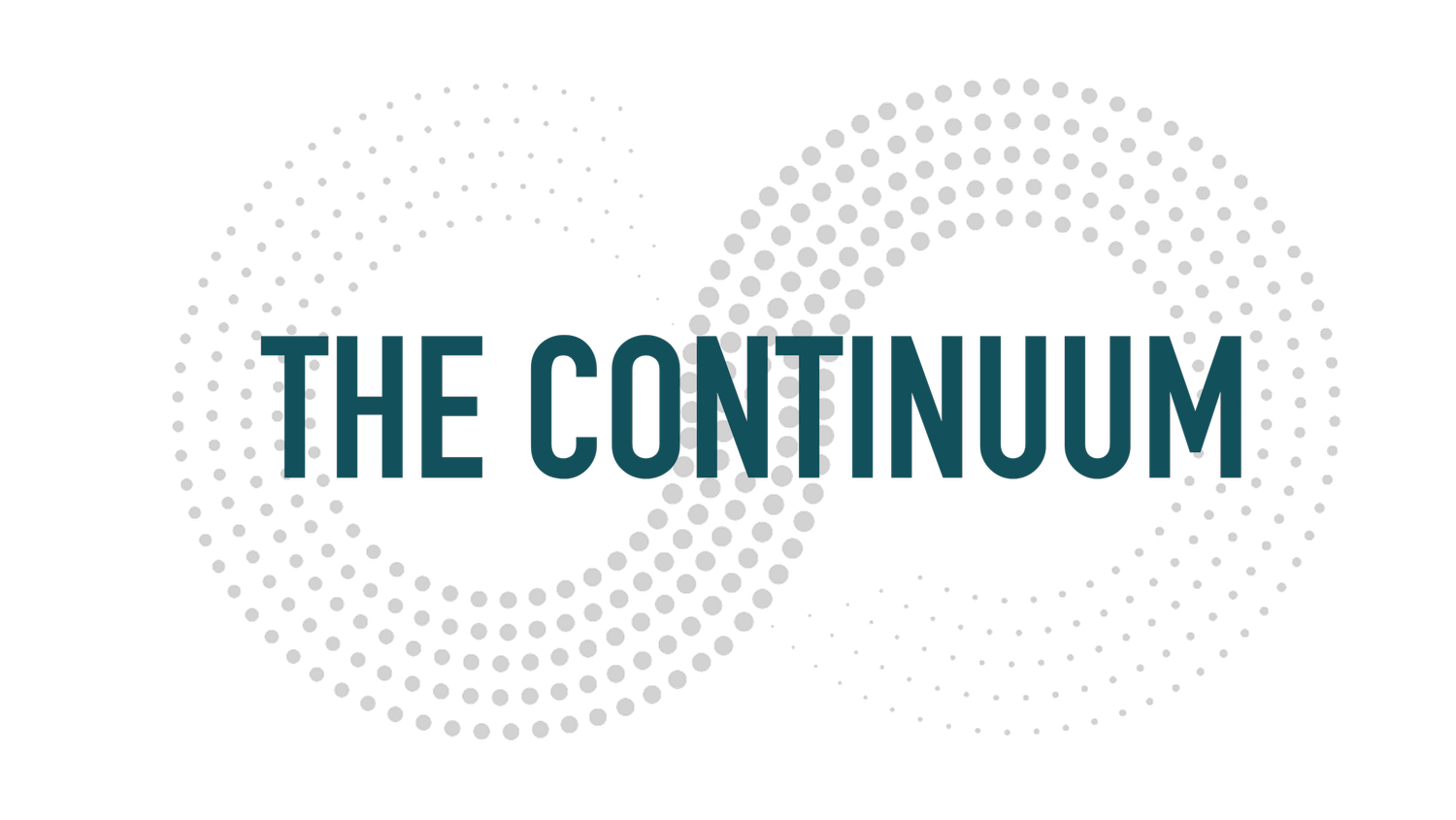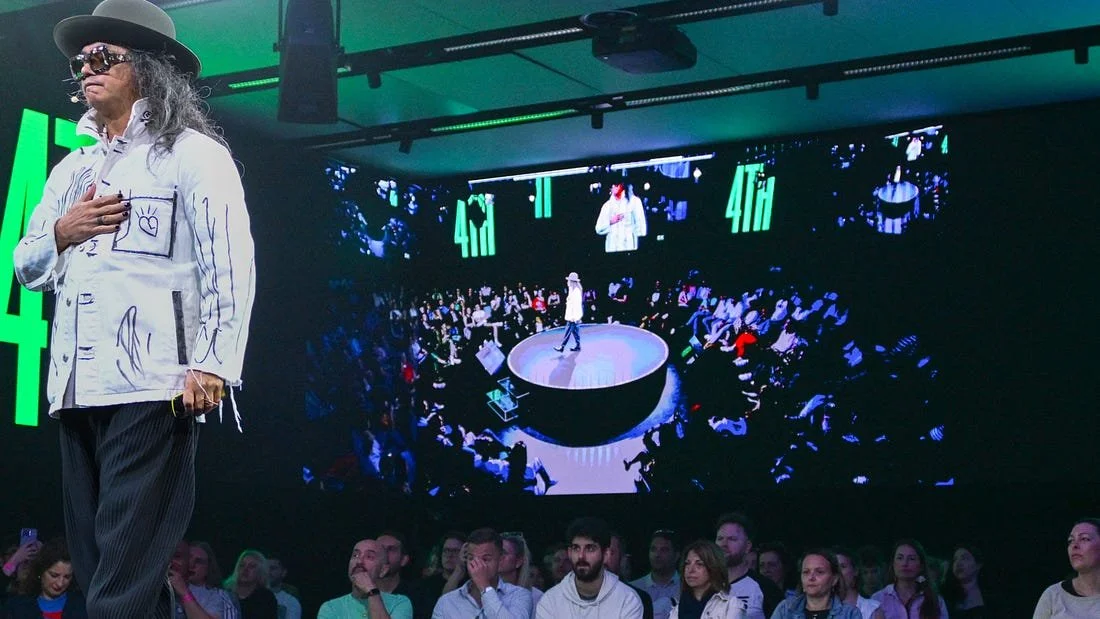The New New World
A field report from the front lines of change
where students become teachers, brands become citizens, and the next 10 years won’t look anything like the last.
It’s the season of graduation, and I’ve been speaking with a lot of students lately—young, wide-eyed creatives who aren’t just entering the industry; they’re entering a new world entirely.
I was recently invited back to speak in Croatia—a creative festival I hadn’t attended in over a decade (and one of my all time favorite gatherings). The last time I was there, we were still marveling at social media's potential. This time, I realized something profound: everything and nothing has changed. The hunger for connection, purpose, and creativity remains exactly the same.
Except now, the tools are different. The power dynamics are different. And the players? Well, they’re all playing multiple roles.
Because here’s the thing:
The creator and the consumer are now the same person.
The audience doesn’t just watch.
They remix.
They respond.
They build worlds of their own in the comments, the stitches, the side quests.
That’s why the dynamic shifts so quickly now—because we’re not broadcasting to spectators anymore.
We’re co-creating with participants.
The sender is the receiver. The brand is part of the feed.
The line between who makes the story and who it’s made for has all but disappeared.
This is what a new world looks like.
And here’s what felt different this time in Croatia:
The students weren’t asking me how to “get into the industry.”
They were asking how to stay themselves in it.
They weren’t seeking a blueprint.
They were searching for permission.
Permission to do it differently.
To be uncertain.
To make mistakes.
To not chase virality, but to pursue value.
One student asked me if it was still worth trying to make beautiful things.
Another asked how to keep their soul in a system that’s constantly refreshing.
And as I was thinking about these young creatives searching for meaning,
I couldn’t help but notice how different that conversation is from the ones I’m having in boardrooms right now.
So much of the talk around AI, especially in leadership circles, feels like it's been hijacked by the logic of optimization.
The questions are all metrics. Benchmarks. Efficiencies.
How fast can we go?
How much can we produce?
What’s the ROI of a breakthrough we haven’t even dreamed up yet?
It makes sense, of course.
We’ve trained ourselves to lead with certainty, with KPIs, with quarterly assurances.
But AI isn’t a factory upgrade.
It’s a frontier.
And the real opportunity isn’t in doing what we’ve always done, just faster.
It’s in imagining what we’ve never dared to do, and doing it with style.
That’s the divide I keep seeing—not just between generations, but between mindsets:
The operators are managing toward the known.
The dreamers are making room for the unknown.
One is trying to tame AI into a productivity tool.
The other sees it as a creative companion—mischievous, unpredictable, full of strange new doors.
And maybe, just maybe, it’s the dreamers who are right.
Maybe we don’t need more content.
Maybe we need more wonder.
Because the brands that will matter in the next decade won’t be the ones who did the most.
They’ll be the ones who dared the most.
So here’s what I told those students in Croatia, and what I’ll tell you:
You’re not preparing for the next job. You’re preparing for the next reality.
A reality where brands are no longer just messengers but members.
Where the best marketers think less like advertisers and more like architects—of belonging, of meaning, of shared experiences.
The next 10 years will not be a continuation of the last 10.
They will be a rewrite.
And if you're paying attention, the students are already writing the first draft.
The students are teaching now.
Let’s get back to school before we’re schooled.
—Shingy
May 20, 2025
© 2025 The Continuum

